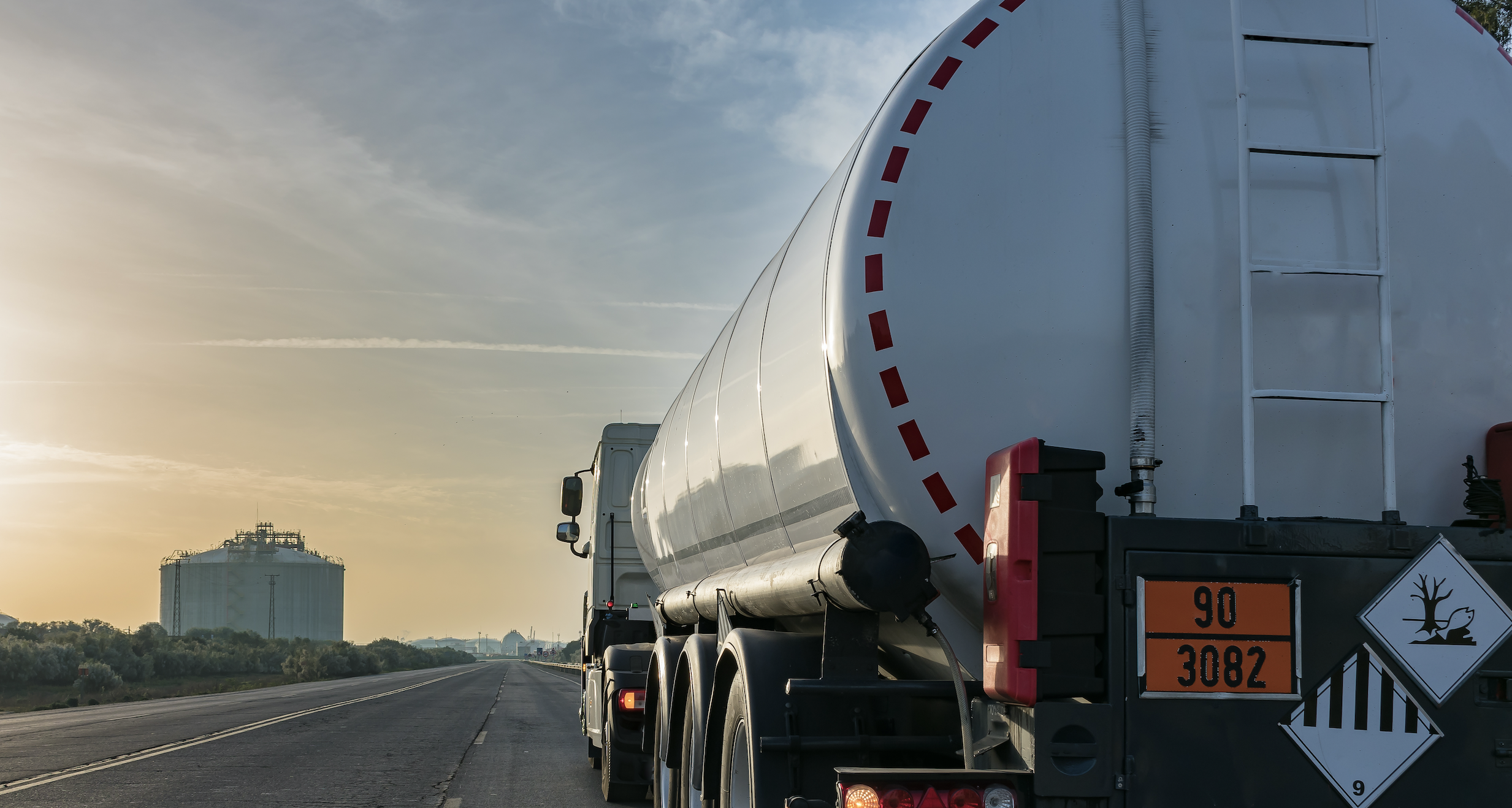
The Energy Information Administration (EIA) projects that global energy consumption will increase by nearly 50% over the next 30 years in the absence of significant changes in our policy and technology. The transportation sector accounts for nearly one-quarter of global energy consumption and 14% of total global greenhouse gas emissions (GHG).
How digital tools can improve energy efficiency in the transportation industry?
Between 2010 and 2019, the global gross domestic product (GDP) had an average annual growth of 2.9%. This constant economic growth has led to an increase in demand in the transportation sector (road, sea, and air). This phenomenon was responsible for the global growth in carbon dioxide (CO2) emissions from the transport sector during this period.
The energy consumption by the transportation sector
Greenhouse gas (GHG) emissions from the transportation sector have grown at a faster rate than any other energy end-use sector. From 1970 to 2010, an astonishing increase in the use of on-road vehicles pushed emissions from this sector to about 270%.
In 2010, 53% of global primary oil consumption was used to meet 94% of the total transport energy demand. Light-Duty Vehicles (trucks and vehicles that have a gross vehicle weight up to 8,500 pounds and payload capacities up to 4000 pounds) consume up to half of the total transportation energy.
In 2009 Freight transportation accounted for about 45% of the total transportation energy while Heavy-Duty Vehicles (any motor vehicle having a manufacturer’s gross vehicle weight rating greater than 8,500 pounds, except passenger cars) were consuming half of this amount. Maritime transport carried around 80% of internationally traded goods and produced about 2.7% of global CO2 emissions.
Greenhouse gas (GHG) emission by transportation mode
The main cause of GHG emissions in this sector is linked to the dependence of Gross Domestic Product (GDP) on the transportation sector. Indeed, when the global economy thrives, GDPs increase, as does the demand for freight and passenger transport. The Covid 19 crisis and the consecutive lockdowns in 2020 confirmed this theory. Indeed, carbon dioxide emissions in 2020 fell 19.4% below 2019 levels, with emissions dropping 56.4% in international aviation, 31.9% in domestic aviation, 14.6% in ground transport (road and railways), and 24.8% in international shipping.
Reducing emissions in the transportation industry is one of the toughest challenges in the fight against climate change. The inevitable growth of transportation demand and the long-lasting returns on investments in the existing means of transport (particularly aircraft, trains, and large ships) and infrastructure make the efforts in this sector inefficient.
In 2018, a study on Global Transport and Climate Change states that the transportation sector accounted for 14% of total global GHG emissions. Road transportation for both passenger and freight accounted for up to 74% of this whole amount.
Here is the breakdown of the global emission of this industry:
|
Road |
Sea |
Air |
Railways |
Total |
|
|
Passenger transportation |
44% |
6% |
6% |
4% |
60% |
|
Freight transportation |
30% |
5% |
4% |
1% |
40% |
Table 1 - Greenhouse gas emissions from transport, by mode, 2018
[Top applications] The best applications to manage your CSR strategy.
The digital solutions for an efficient Road transportation system
According to the Transportation Research Board (TRB), traffic congestion typically causes fuel consumption to increase by 80% and travel time to quadruple. Fortunately, the fourth wave of digitization, called the Internet of Things (IoT), has unlocked game-changing technologies that have sparked behavioral change in the transportation industry. This revolution has transformed the transportation market by introducing new opportunities. Additionally, tools and gadgets derived from this technology have increased transportation efficiency, reduced costs, and improved customer trust.
Let's see how this technology improves the efficiency of the transport sector:
Positioning technology and vehicle tracking system
E-commerce and online shopping have been booming over the last decade, there was a 48% growth over the last two years and it was projected to rise between 17% and 28% through 2021. This industry relies heavily on shipment services, whether outsourced or in-house shipping services. They have to cover regional and even national territories, for instance, 41% of American consumers receive an average of 1 to 2 Amazon packages per week.
The most common expectations of online shoppers today are to receive expedited shipping and to know exactly when the package will arrive. Road users lose an average of 54 hours a year stuck in traffic; congestion is a common problem, especially in large cities. The unpredictability of traffic jams makes it extremely difficult for road users, especially transport operators, to control their fuel consumption and optimize journeys.
To deal with these inconveniences, most companies operating delivery services (companies using a fleet of road vehicles, logistic subcontractors, public transportation services, etc..) have opted for the shipment tracking software. Based on the vehicle tracking system (GPS: Global Positioning System), it allows customers to track their shipment on an application on smartphones and tablets or via a website on a computer using a tracking number. The customer receives delivery notification throughout the process, a feature that removes any risk from purchasing goods online and also builds trust with customers.
Route optimization software
It is a technology that delivery drivers use to find the best possible routes for smooth and efficient deliveries. Based on an onboard electronic device, this tool allows drivers to optimize delivery routes, reduce driving time, ensure punctual deliveries and increase customer satisfaction.
UPS is among the pioneers that successfully developed a navigation optimization system that revolutionized the shipping industry. To manage its fleet system, UPS has developed ORION or On-road Integrated Optimization and Navigation, a navigation system that uses advanced algorithms to create the optimal routes allowing delivery drivers to complete their average of 135 stops per day.
The system uses customer, driver and vehicle data to create optimal routes or modify the actual routes depending on the weather conditions, traffic accidents and traffic congestions. UPS states that this tool has helped them minimize idle time, reduce fuel consumption and decrease the number of vehicles stuck in traffic. They expect to cut delivery miles by 100 million.
Big Data
Big data is: “data that contains greater variety, arriving in increasing volumes and with more velocity”. Those are information that businesses use to automate processes, uncover high-level patterns, and innovate products or services.
As the transportation sector is shifting gradually toward digitalization, there is more and more data source in this industry. A growing variety of sensors are progressively introduced in airports, ports, train and bus stations. Companies are increasingly digitizing their warehouses through electronic sensors and Shelf Labels. Road delivery and vehicles are now equipped with electronic onboard recorders (EOBRs). Transportation operators are now able to collect information such as load/unload times, travel times, driver hours, truck driver logs, public transport timetables, departure, and arrival times, etc.
Organizations are using Big data analytics to process and analyze those large, hard-to-manage voluminous data to improve decision-making and strategic business moves. Dublin’s road and traffic department is using big data to optimize the city’s traffic and achieve up to a total of 10% to 15 % reduction in overall vehicle journey times. Another noticeable example is Manbang Group, China's leading domestic freight service platform covering more than 300 cities nationwide. The recommendation from big data analytics has helped this company’s truck drivers to find goods quickly and reduce empty-load rates and fuel consumption, cutting carbon emissions by an estimated 330,000 tons in 2020.
Electric and steam-powered road vehicles dominated the road transport sector at the end of the 19th and early 20th centuries. Today, oil-derived fuels have become the primary source of energy for the global transportation industry. Since 2014, transport-related GHG emissions have been increasing every year. This industry must reduce these emissions by 90% by 2050 if we are to achieve climate neutrality. Now is the time to switch to a technology that contributes to our independence from fossil fuels.
To go further :
> Application about Reports and Insights Power BI (Business Intelligence)
. . .




.jpg?width=169&name=unnamed%20(7).jpg)
